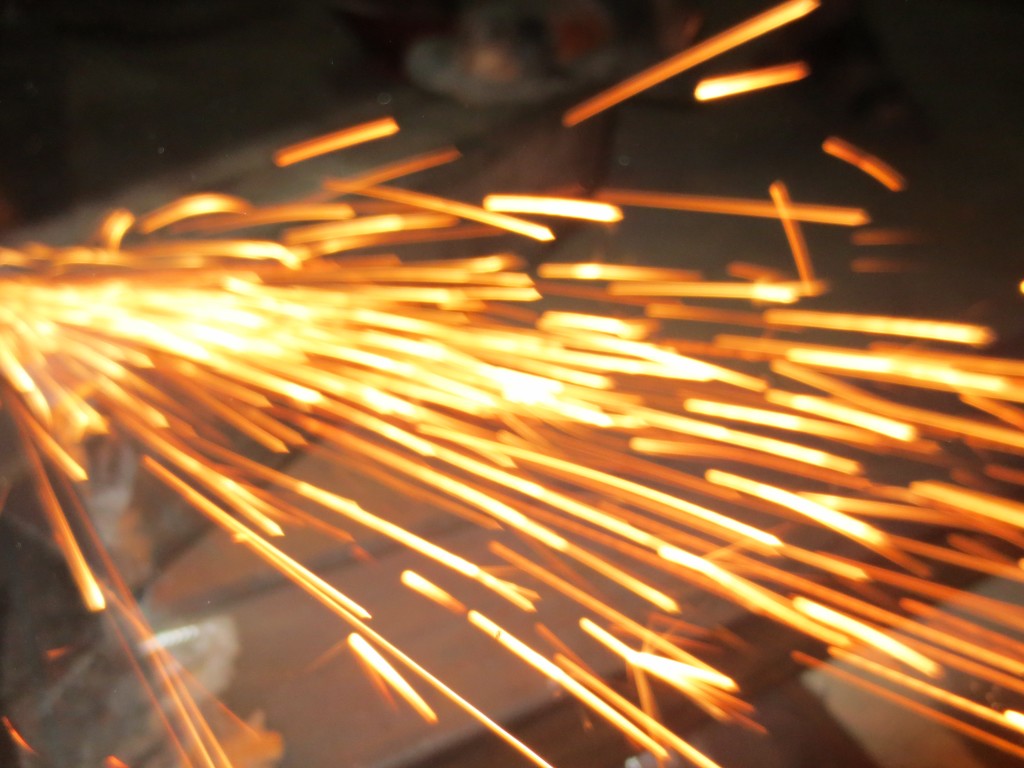
Nordic electricity system: Net exporter or balancer?
Researchers, policy makers and industry met at a workshop in Stockholm this week to discuss possible scenarios for the Nordic electricity system in 2050. Currently Nordic electricity generation is two-thirds…
Researchers, policy makers and industry met at a workshop in Stockholm this week to discuss possible scenarios for the Nordic electricity system in 2050.
Currently Nordic electricity generation is two-thirds renewable and over 80% carbon-neutral. Although these are impressive numbers, renewable electricity in the region will likely become even higher in the future – so much higher that the Nordic region could be a significant net exporter of clean electricity to Europe.
Balancing wind with water
A workshop in Stockholm on the 10th of September looked to address this issue, attended by researchers and stakeholders from the project “Nordic power road map 2050: Strategic choices towards carbon neutrality (NORSTRAT)”. Participants discussed various scenarios for the future of the Nordic electricity system, including export of electricity, and the possibility of the Nordic region to ‘balance’ a fluctuating electricity supply in Europe. In other words, pumped storage in Norwegian hydropower reservoirs could be used to even out the electricity supply from fluctuating European wind power in the North Sea.
Projecting the future with mathematical models
A key project in the Sustainable Energy Systems 2050 Programme, NORSTRAT aims to develop a qualitative scenario analysis of impacts on the electricity, the transport and the heating system on the electricity grid. Based on a range of scenarios defined in collaboration with stakeholders from industry and government, the project will model the development of the electricity system to 2050. The results from this modelling will offer important insight into how the electricity grid needs to develop if the region is to become a net exporter or balancer of electricity.
Strong industry participation
The project looks to build knowledge and understanding among politicians and decision-makers in industry about possible carbon-neutral futures for an integrated Nordic power system. This appears to be well underway, as the project has assembled an impressive Reference Group. Institutions present at the workshop included: Industry associations (Dansk Energi, Energi Norge), Transmission System Operators (Fingrid, Energinet.dk, Svenska Kraftnät), Utilities (Vattenfall, Fortum) and public institutions (Enova).
Nordic Energy Research was also in attendance, to share insight from the Nordic Energy Technology Perspectives project in cooperation with the IEA. Both projects look to provide insight into the future of the Nordic energy system, but with different focus areas. By aligning key assumptions the two analyses can ensure compatibility and maximise their value to stakeholders.
Learn more about the project: Nordic power road map 2050: Strategic choices towards carbon neutrality
